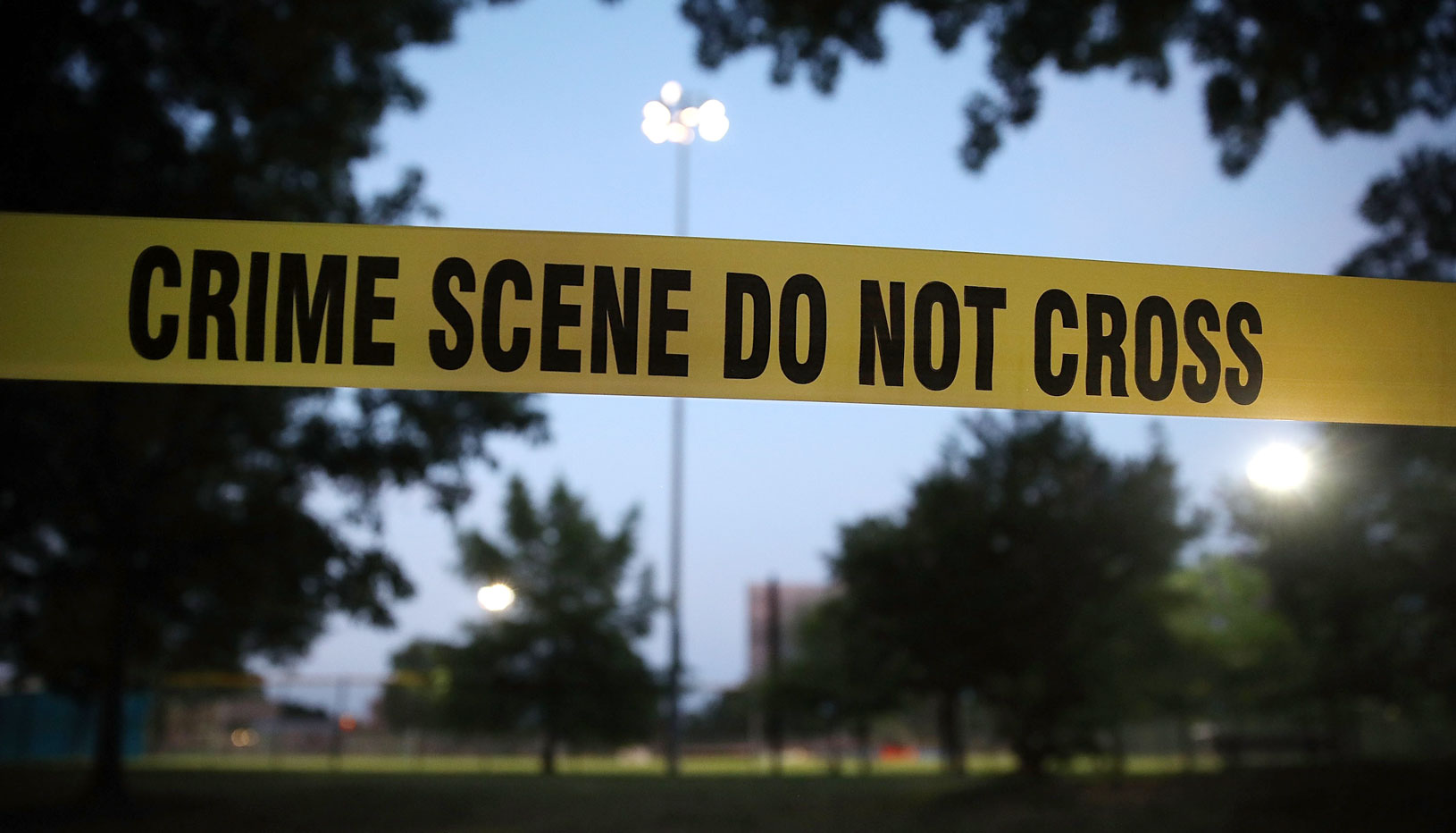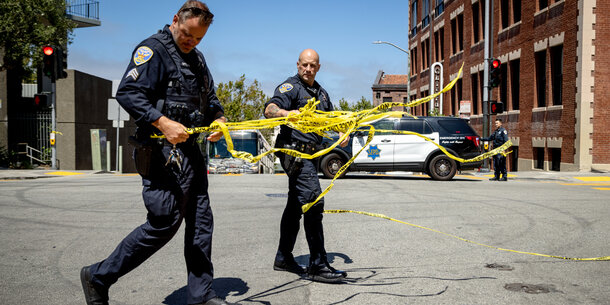Murder and violent crime rose sharply in 2020 and 2021, though some trends may have begun to reverse last year. Unfortunately, the data remains much sparser than policymakers and the public would prefer, frustrating our ability to fully understand these important dynamics. Here are five key takeaways from the evidence we have so far:
Murder and gun violence appear to be declining. Murder climbed sharply in 2020, driven in part by increasing gun violence. Those trends began to slow in 2021, and in 2022, murder and shootings appear to have both declined, based on surveys of major cities. (Official government data is not yet available and, even when it is, may be incomplete.). While these changes do not return us to the lower, pre-pandemic levels of violence, they represent a trend in the right direction.
Other types of crimes continued to rise last year. According to one study of cities, while assaults dropped last year, robberies and motor vehicle theft rose. Data from New York City similarly shows a major decline in murders and shootings accompanied by a rise in other types of crime, including robberies. It’s not immediately clear why trends in murder and other types of crime have diverged.
Attempts to blame bail reform for rising crime vastly overstate the evidence. New research continues to show that bail reform, which makes it easier for people to remain in their communities while awaiting trial, was not a significant driver of post-2019 increases in crime. One recent study found that “neither violent nor nonviolent crimes or charges increased markedly immediately after jurisdictions implemented bail reform,” and any increases were likely offset by the reductions in the “adverse effects of pretrial detention.”
Another analysis, focusing on New York City, showed that eliminating bail increased rearrest rates in cases where the defendant had a recent violent arrest or open case — but that is a relatively small proportion of cases. Overall, the study suggested that eliminating bail for misdemeanors and lower-level felonies actually reduced rearrest rates.
Gun violence contributed to crime spikes in 2020 and 2021 but may have slowed in 2022. Cities that track shooting incidents, like New York City, tended to see sharp increases in 2020. More recent statistics indicate the trend may have continued through 2021, only beginning to abate last year. Data from the Bureau of Alcohol, Tobacco, Firearms and Explosives also shows that the average “time to crime” — the time from when a gun was lawfully purchased to its recovery at a crime scene — was much shorter in 2021 than in previous years.
National data remains elusive. The FBI’s much-anticipated annual crime data on 2021 relied heavily on estimates due to a change in the way crimes are reported to the bureau (you can find our deep dive into the reporting changes here).
While 2022’s data will likely be better, it too may fall short of the level of certainty that the public expects and rigorous research requires. Until we have more reliable data, our understanding of national crime trends remains incomplete — though data from cities and states generally remains reliable.
• • •
For more on these crime trends and where they fit into the overall picture on public safety, check out our explainer, Myths and Realities: Understanding Recent Trends in Violent Crime







